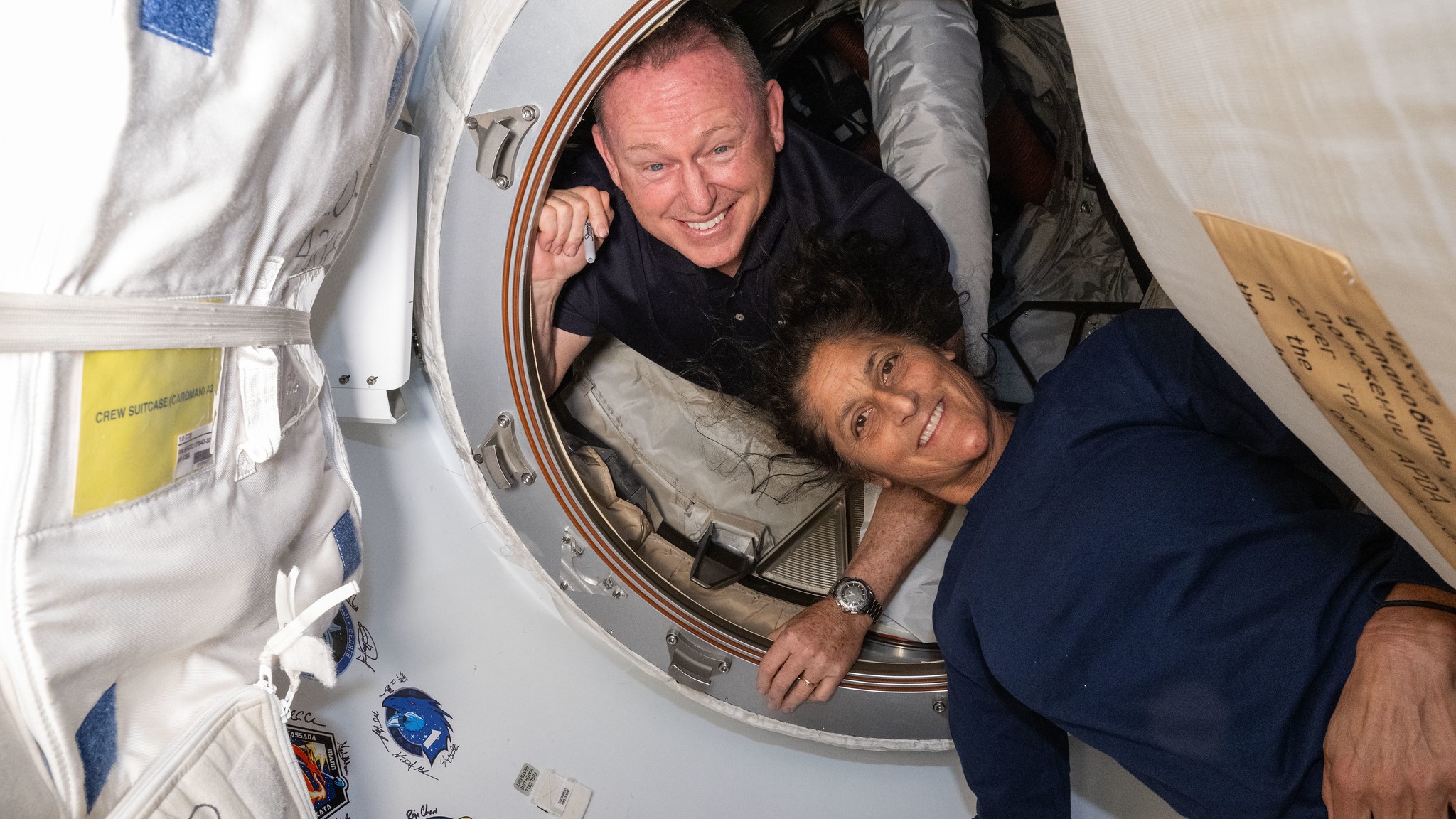

It’s official. The two astronauts on NASA’s Starliner mission won’t be going back to Earth on the Starliner. Instead, the pair, both retired Navy captains, will stay on the International Space Station into 2025.
NASA had been deliberating for weeks on whether or not to have Barry “Butch” Wilmore and Sunita “Suni” Williams return to Earth on the Boeing Starliner capsule they launched in. On Saturday, Aug. 24, NASA confirmed the two astronauts will stay on the ISS through February 2025, when they will leave orbit on a SpaceX rocket, alongside two more astronauts joining them on the station next month.
They will now spend more than half a year in space. Their mission was supposed to be only eight days.
“Spaceflight is risky, even at its safest and most routine. A test flight, by nature, is neither safe, nor routine. The decision to keep Butch and Suni aboard the International Space Station and bring Boeing’s Starliner home uncrewed is the result of our commitment to safety: our core value and our North Star,” NASA Administrator Bill Nelson said on Saturday. “I’m grateful to both the NASA and Boeing teams for all their incredible and detailed work.”
The two astronauts are both veteran Navy aviators who served as test pilots before leaving the Navy to join NASA. They were selected as the first two astronauts to operate a crewed Starliner mission. Each has previous experience in space, but the Starliner issues will leave them in space longer than either has been prior.
Subscribe to Task & Purpose Today. Get the latest military news and culture in your inbox daily.
Boeing’s Starliner was being tested as part of NASA’s Commercial Crew Program. Both Boeing and SpaceX have contracts from NASA for capsules meant to carry crews to and from space. The two companies also work regularly with the United States Space Force for orbital missions.
The Starliner launched in June from Vandenberg Space Force Base, but once in space, NASA and Boeing detected a helium leak and several thrusters failed while docking with the ISS. After several tests and evaluations, NASA found that the Starliner capsule “does not meet the agency’s safety and performance requirements for human spaceflight.” However it is safe for an autonomous return to Earth, with NASA saying that is set for September.
The SpaceX Crew-9 mission is being adjusted as a result of NASA’s decision. Previously it was set to send a crew of four to the ISS, but will now only send two, leaving two seats available for Williams and Wilmore to return on. It is also being prepared with additional provisions and SpaceX Dragon-specific spacesuits for the two Starliner astronauts to use for the journey back to Earth.
The latest on Task & Purpose
- Army fires Command Sergeant Major for Military District of Washington
- Navy tells aircrews to question ‘inappropriate’ call signs after lewd flight name
- Army fires Command Sergeant Major of Fort Belvoir cyber unit
- Seeking ‘warfighter mindset,’ Air Force basic trainees now carrying rifles through boot camp
- Marine training for winter Olympics bobsled team while in Iraq
